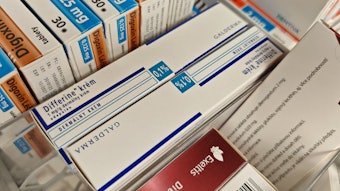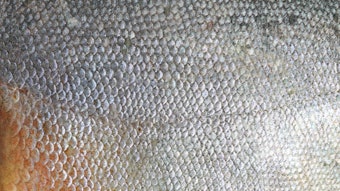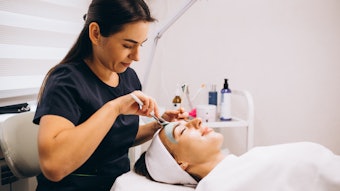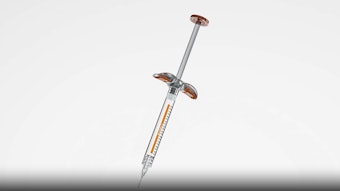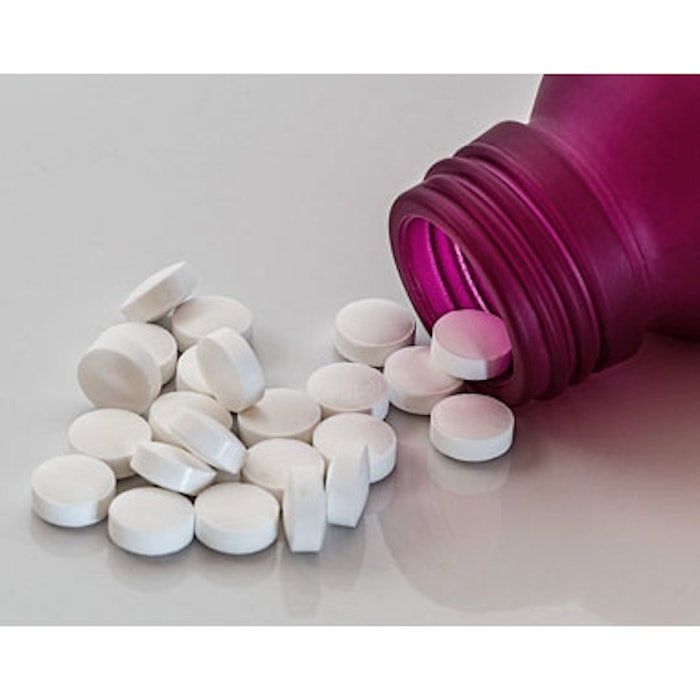
A group of 40 board-certified dermatologists, including Mohs micrographic surgeons, dermatopathologists and cosmetic dermatologists have developed consensus recommendations for opioid management following some of the most common dermatologic procedures. These procedure-specific recommendations were published the Journal of the American Academy of Dermatology (online November 18, 2019)
The panel developed recommendations for 87 of the most common dermatologic procedures, measured by morphine milligram equivalents (MME) and determined that:
- Routine opioid prescriptions are unnecessary for 66 of the procedures, as these can be adequately managed with acetaminophen and/or ibuprofen.
- A prescription of 1-10 opioids (equal to oxycodone 5mg) for the duration of the patient’s recovery may be necessary for 16 of the procedures, including scalp and cheek reconstruction.
- A prescription of 1-15 opioids (equal to oxycodone 5mg) for the duration of the patient’s recovery may be necessary for only one of the procedures: upper lip reconstruction, known as the Abbe flap.
- No procedure routinely requires more than 15 opioids (equal to oxycodone 5mg).
Lead study author and dermatology resident at the University of Oklahoma Health Sciences Center Justin McLawhorn, MD, said that many of the procedures that require 1-10 opioids are performed by dermatologists and Mohs surgeons on a daily basis. In comparison, the sole scenario requiring up to 15 opioid tablets is a complex repair that is not often performed. He also pointed out that the recommendations are presented in a quick-reference manner, enabling dermatologists to easily consult the suggested personalized pain management for their patients.
As Dr. McLawhorn notes, the guidelines are not meant to be a one-size-fits-all solution, and are only meant to apply to patients who do not experience any complications during or after the procedure. He suggests that dermatologists should have a discussion with their patients about their expectations for managing post-procedural pain, including the risks of opioid use. “These recommendations must be individualized to accommodate each patient on a case-by-case basis while ensuring that all patients receive safe, effective pain treatment,” he said. “The guidelines are another tool in dermatologists’ arsenal that can be used to provide adequate pain counseling for patients undergoing these procedures.”
The CDC warns that taking prescription opioids for long periods of time can increase the risk of addiction and overdose, yet despite the evidence of potential for abuse and misuse of opioids, more than 191 million opioid prescriptions were given to American patients in 2017. Statistics such as this one, say the authors, make these guidelines all the more timely and crucial for dermatologists to help lead and serve as patient advocates in confronting the opioid crisis. “Countering the opioid epidemic will require physicians to re-evaluate their current practice patterns, and we are providing this tool for dermatologists as a starting point to reduce opioid addiction and opioid-related deaths,” said Dr. McLawhorn. “These guidelines are one step in the process of producing meaningful change in the prudent use of opioids.”
Image by Steve Buissinne from Pixabay



